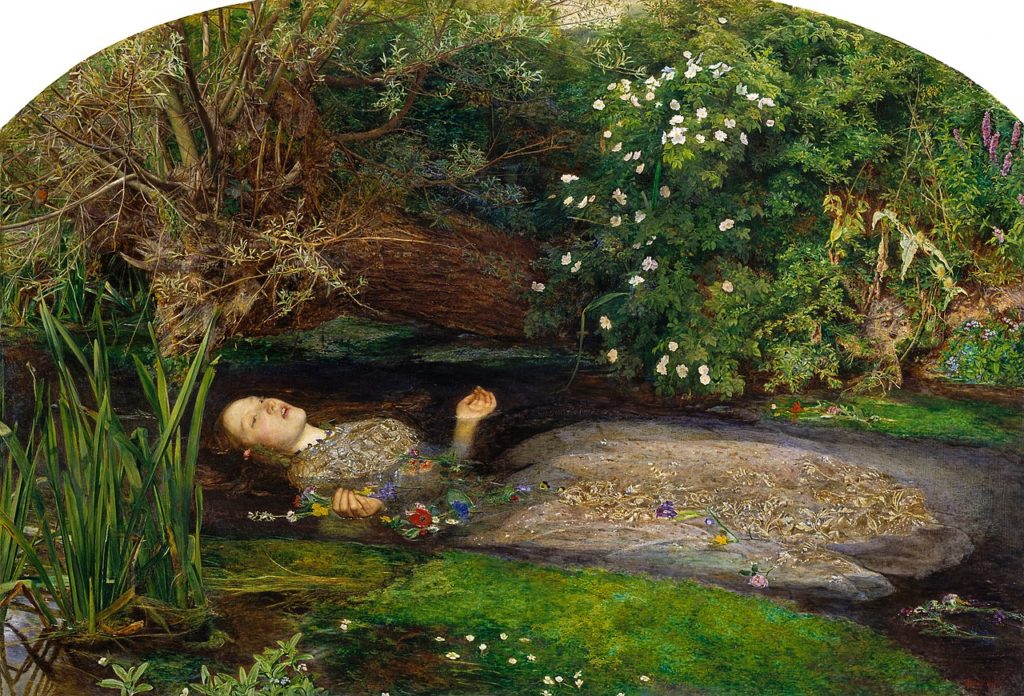
Today (2020-05-22) is Goth Day #12. World Goth Day originated at the British Broadcasting Corporation (BBC) in 2009, when Radio 6 was looking at a number of music subcultures including Goth music. Goth DJs Cruel Britannia and Martin Oldgoth decided that May 22 would be the day each year to celebrate it.
Unfortunately, being an active Goth has a number of negative consequences. Researchers Robert Young, Helen Sweeting and Patrick West write: “identification as belonging to the Goth subculture [at some point in their lives] was the best predictor of self harm and attempted suicide [among young teens]”, and that it was most possibly due to a selection mechanism (persons that wanted to harm themselves later identified as goths, thus raising the percentage of those persons who identify as goths).”
Thus, the decision to publish this weblog post has less to do with the celebration of World Goth Day in 2020, and more to do with helping susceptible people cope with life in this challenging period of time when we all face the COVID-19 pandemic. Let us reach out with friendship and inclusion (virtually or in real-life) to those who no longer feel part of society, including those who self-identify as Goths.
In order to talk with a Goth, it might be useful to know something about Gothism!
Of course there is an official World Goth Day website complete with a list of world events. I appreciate that one of the three goths decorating this page is following COVID-19 procedures, and is equipped with a face mask.
Many attribute the start of Gothism to English author Horace Walpole (1717 – 1797) who started it off by writing The Castle of Otranto (1764). Other readers may prefer to read Ann Radcliffe’s (1764 – 1823), The Mysteries of Udolpho (1794). Washington Irving (1783 – 1859) also contributed to the genre with The Legend of Sleepy Hollow (1820), also available in its Disney animated adaption, The Adventures of Ichabod and Mr. Toad (1949). Then again there are classics such as Bram Stoker’s (1847 -1912) Dracula (1897), and Anne Rice’s (1941 – ) The Vampire Chronicles (1976).
The first mention of Gothic Rock is by music critic John Stickney to describe a meeting in a wine-cellar with Jim Morrison, described as “the perfect room to honor the Gothic rock of the Doors“. While some musicians may favour The Velvet Underground as the ultimate Gothic rock group, my own preference is for Siouxsie [Sioux aka Susan Janet Ballion (1957 – )] and the Banshees, and their track Spellbound (1981). In Norway, the Stavanger band, Theatre of Tragedy, contributed to the Gothic metal genre with its beauty and the beast aesthetic that combined harsh male with clean female vocals. Other Goth oriented bands include: Bauhaus, The Chameleons, The Cure and Sisters of Mercy.
In terms of film, the 2019 South Korean black comedy thriller, Parasite, is outstanding, and should appeal to many Goths. Another film with Gothic elements is The Rocky Horror Picture Show (1975). Because of its black humour and general lack of seriousness, it may offer a suitable dose of escapism to help people struggling to cope with a pandemic. Other relevant films in chronological order include: The Hunger (1983), Beetlejuice (1988), The Nightmare Before Christmas (1993), The Crow (1994) and The Craft (1996).
There are also computer/ console based Goth games. The Gothic role-playing game series was developed by Piranha Bytes GmbH, in Essen, Germany. It consists of three versions Gothic (2001), Gothic II (2002) and Gothic 3 (2006). There is also a fourth version, Arcania: Gothic 4 (2007), developed by Spellbound Entertainment AG, from Offenburg, Germany. This company has reorganized as Black Forest Games GmbH.
Fashionistas are undoubtedly irritated about the late reference to clothing in this weblog post. Cintra Wilson (1967 – ), writing You Just Can’t Kill It, in the New York Times 2008-09-17, notes: “The goth subculture, however, for those who live it, is more than the sum of its chicken bones, vampire clichés and existential pants. It remains a visual shortcut through which young persons of a certain damp emotional climate can broadcast to the other members of their tribe who they are. Goth is a look that simultaneously expresses and cures its own sense of alienation.”
My own approach to the Gothic was not through literature, music, film, games or fashion, but art, especially that found in the works of the Pre-Raphaelite Brotherhood. Ophelia (1851) by John Everett Millais (1829 – 1896) is one such inspiring work. In addition, John Ruskin (1819 – 1900) was particularly attracted to the Gothic in architecture, which he commented at length upon in, The Seven Lamps of Architecture (1849).

